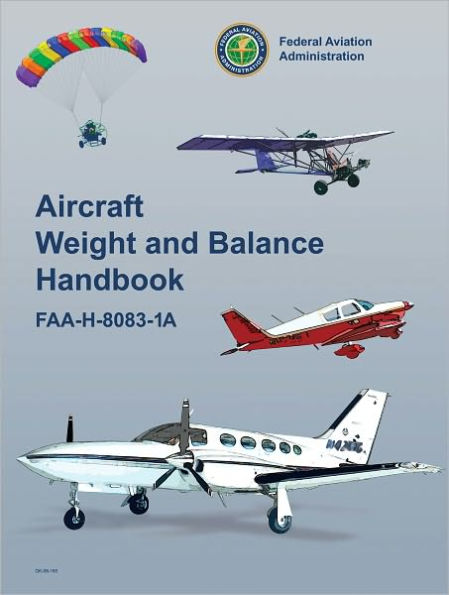Aircraft Weight and Balance Handbook, has been prepared in recognition of the importance of weight and balance technology in conducting safe and efficient flight. The objective of this handbook is twofold: to provide the Airframe and Powerplant Mechanic (A&P) with the method of determining the empty weight and empty-weight center of gravity (EWCG) of an aircraft, and to furnish the flight crew with information on loading and operating the aircraft to ensure its weight is within the allowable limit and the center of gravity (CG) is within the allowable range.
This handbook begins with the basic principle of aircraft weight and balance control, emphasizing its importance and including examples of documentation furnished by the aircraft manufacturer and by the FAA to ensure the aircraft weight and balance records contain the proper data. Procedures for the preparation and the actual weighing of an aircraft are described, as are the methods of determining the location of the empty-weight center of gravity (EWCG) relative to both the datum and the mean aerodynamic chord (MAC). Loading computations for general aviation aircraft are discussed, using both loading graphs and tables of weight and moment indexes. Information is included that allows an A&P mechanic or repairman to determine the weight and center of gravity (CG) changes caused by repairs and alterations. This includes instructions for conducting adverse-loaded CG checks, also explaining the way to determine the amount and location of ballast needed to bring the CG within allowable limits. The unique requirements for helicopter weight and balance control are discussed, including the determination of lateral CG and the way both lateral and longitudinal CG change as fuel is consumed. A chapter is included giving the methods and examples of solving weight and balance problems, using handheld electronic calculators, E6-B flight computers, and a dedicated electronic flight computer.



